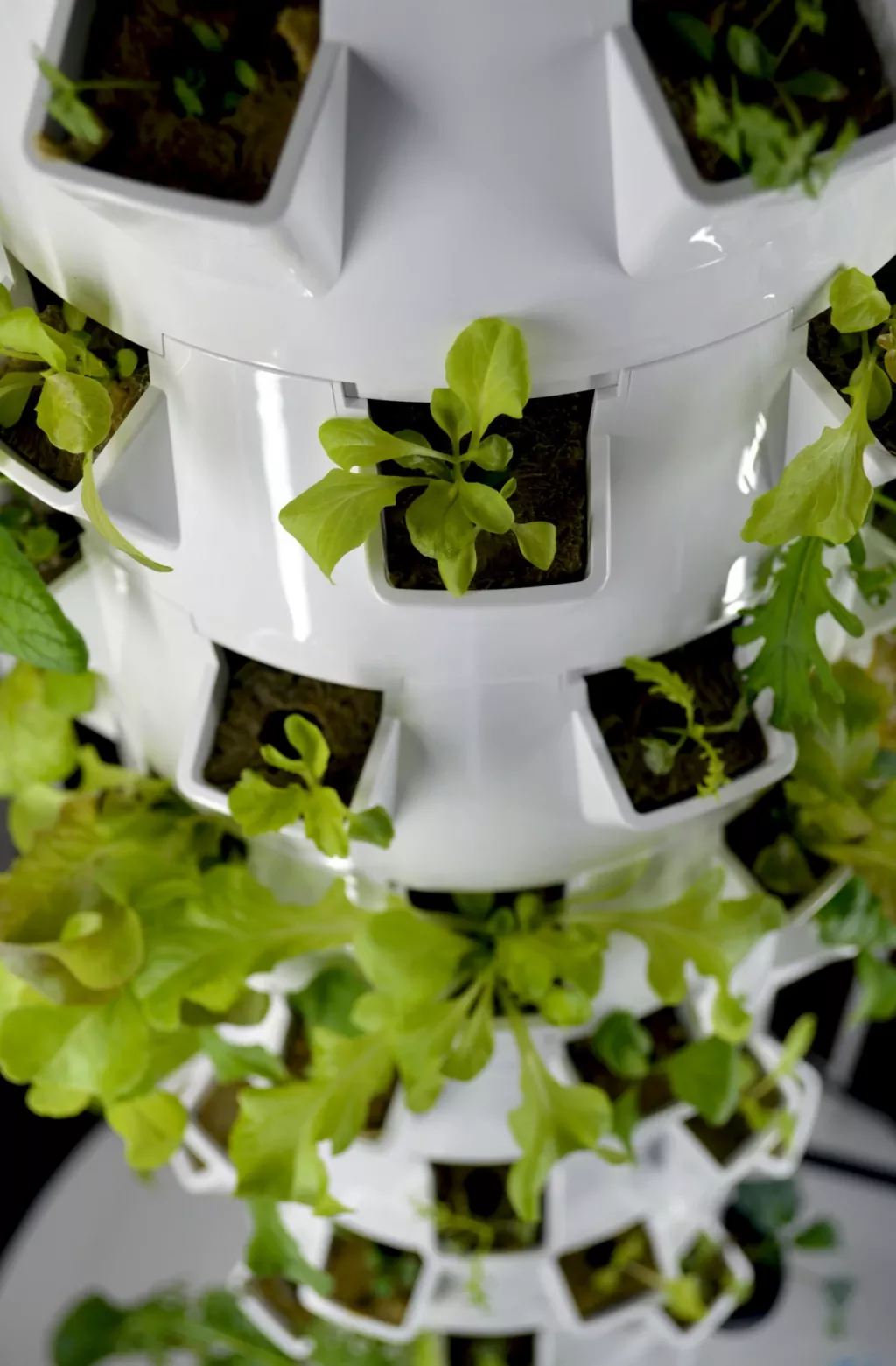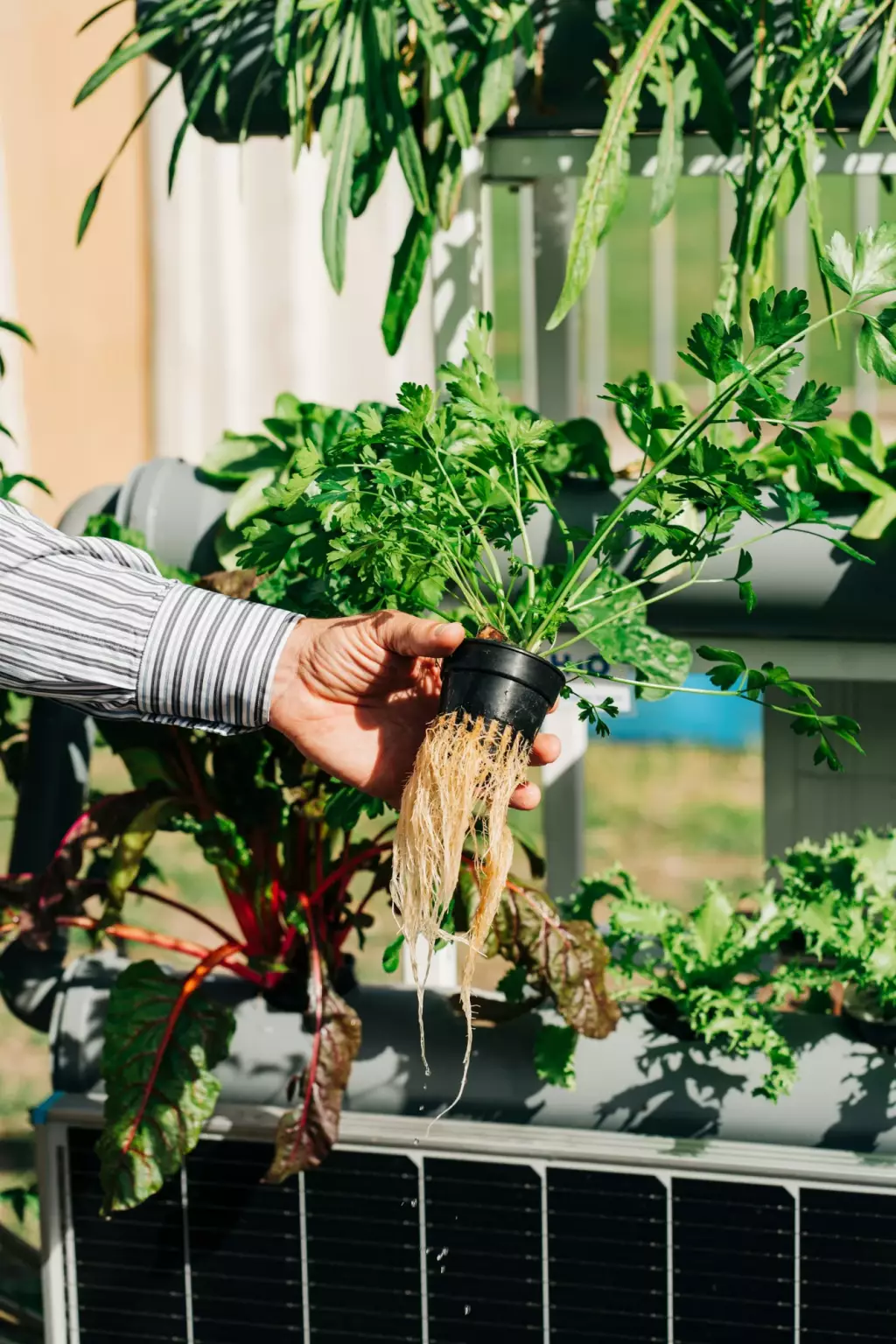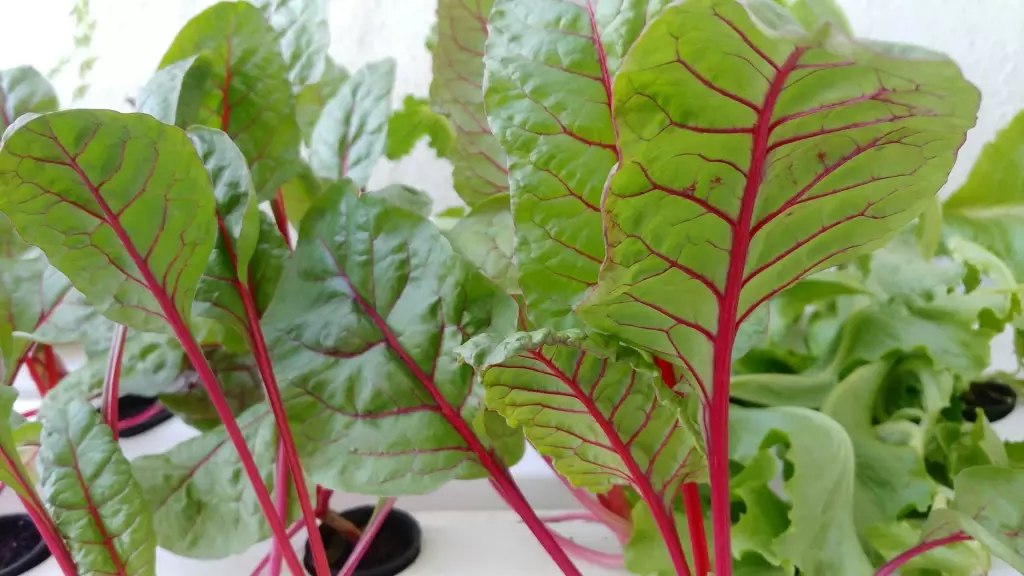How Profitable Is Vertical Farming? (2024 Breakdown)
Vertical farming, a method of growing crops in vertically stacked layers, has gained popularity in recent years, especially in urban areas. As of 2024, its profitability hinges on several factors, including technological advancements, energy costs, and market demand for locally grown produce. While initial setup costs can be high, the efficiency of space use and potential for year-round production contribute to its financial viability.
Vertical farming is moderately profitable, with an average profit margin of 10-20%. Start-up costs range from $50 to $100 per square foot, and operational costs average $10-$30 per square foot annually. Yield is typically 10 times higher than traditional farming, but initial investment and energy costs are substantial.
You might think it's all about saving space and being eco-friendly, but here's the twist: the real jackpot lies in the technology and precision agriculture. Vertical farms use advanced systems to control every aspect of the environment, from light to nutrients, leading to faster growth and potentially higher profits.
Summary
- Crop-wise, you're looking at annual revenues ranging from $25,000 to $80,000 per acre, depending on what you grow. For example, lettuce can fetch you $25,000 to $35,000 per acre with a 10-20% profit margin, while tomatoes can earn $60,000 to $80,000 per acre at a 15-25% margin.
- Profit margins vary with the type of crop. High-yield crops can give you 20-30% margins, while specialty crops may offer up to 40%.
- Using tailored LED lighting can significantly cut energy costs. Implementing advanced systems like aeroponics or hydroponics reduces soil and water usage, enhancing sustainability. Plus, efficient resource management, like recirculating water, can save up to 30% on water usage.

On this page:
Profit Breakdown for Vertical Farming
More advanced farms utilizing the latest tech may see up to a 30% reduction in energy costs, directly impacting their margins. Investors and companies consider these numbers within the broader context of market value and the ability to meet consumer demand.
Vertical farm profit per acre can be significant, but it’s imperative to manage your costs diligently and respond to market pricing effectively to ensure success.
Your profits are influenced by the yield, costs, and pricing of crops like lettuce, tomatoes, strawberries, salad leaves, and soft fruit.
| Farming Crops | Revenue Projections | Estimated Profit Margins |
|---|---|---|
| Lettuce | $25,000 - $35,000 per acre | 10-20% |
| Tomatoes | $60,000 - $80,000 per acre | 15-25% |
| Strawberries | $50,000 - $70,000 per acre | 20-30% |
With high plant-density and technological advancements, some farms report nearing a breakeven point in as little as 2 to 4 years. Identifying cash crops best suited for vertical farming will be essential to achieving a faster ROI.
Here's a cash crops list you may consider growing in your vertical farm.
Yield and revenue
Vertical farming can produce higher yields per acre due to the efficient use of space.
Selecting high-value crops that thrive in a vertical system can significantly boost your revenue. Here's an article of the most profitable market garden crops.

The profit is determined by the balance between your costs and the revenue generated from the sale of crops. Profit margins can be narrow initially, but may improve as technology advances and operations become more efficient.
Profit margin overview
| Component | Profit Margin |
|---|---|
| High-yield crops | 20-30% |
| Specialty crops | up to 40% |
| Energy costs | 25-30% of total operational expenses |
Cost Breakdown for 2024
You can expect the total initial expenditures to include the vertical farming equipment cost and its installation. Operational costs, on the other hand, encompass labor, energy, resources, and supply chain expenses. Energy consumption is a vital factor, varying by location due to climate control needs.
Vertical farms rely heavily on climate control systems and automation, which can lead to high electricity usage. The capital and operational expenditures combined dictate the profitability of your vertical farming venture.
Initial investment and costs
Startup costs can be substantial, especially when it comes to purchasing LED lighting and setting up advanced hydroponic or aeroponic systems.
| Initial Investment | Estimated Costs |
|---|---|
| Vertical farming equipment | $1,000/m² |
| Setup (infrastructure, technology) | $500 - $10,000/m² |
| Seeds | $500 - $1,500 per acre |
| Land | Varies widely |

Ongoing costs such as energy consumption, water, nutrients, and labor are recurring expenses that will impact your profit.
| Operational Costs | Estimated Costs |
|---|---|
| Energy | 25% of OpEx |
| Water and nutrients | 10% of OpEx |
| Labor | 30-50% of OpEx |
| Maintenance | 10% of OpEx |
Cutting-edge tech can indeed be expensive, but it's vital for a high-yield farm.
| Technology and Infrastructure | Estimated Costs |
|---|---|
| Grow lights | $10 - $30 per light |
| Sensors and machine learning systems | $500 - $5,000 |
| Controlled environmental growing chambers | $1,000 - $100,000 |
To get the most out of your investment in vertical farming, choosing crops that fit the system well and have a high market demand can improve your chances of success, as certain crops can be more profitable than others.
Factors Affecting Vertical Farm Profits
By controlling factors such as light, water, and nutrients, vertical farms aim to produce food in a way that could potentially reduce environmental impact and adapt to climate change.

Market and pricing dynamics
Demand for fresh produce at the grocery store plays a pivotal role in setting prices. Specialty crops like herbs, salad leaves, and soft fruits tend to garner higher market values, making them attractive options. Companies must also be astute with their pricing strategies to stay competitive, as consumer willingness to pay can fluctuate.
Selecting the most profitable crops for vertical farming is crucial. Certain leafy greens and herbs are notably suited for this method due to their shorter growth cycles and consistent demand. Explore profitable crop options in different climates to optimize earnings.
Environmental impact and climate change
With climate change causing more severe weather events, the sustainability of vertical farming becomes a larger selling point. Methods like hydroponic or aeroponic, which significantly reduce water usage, can make your venture more attractive to environmentally conscious consumers and investors.
Agricultural practices and crop selection
Emphasizing fast-growing crops like lettuce and herbs maximizes yield and turnover. Incorporating technology to monitor and adjust nutrient levels can also lower pest incidence and enhance taste, further adding to the viability and profitability of your vertical farming enterprise.
Minimizing Costs and Maximizing Profits
Choose those with high demand and quick turnaround. High-demand crops like lettuce, herbs, and microgreens often yield a higher return due to their quick growth cycle and the constant market need.

Resource management and efficiency
To significantly reduce electricity usage, implement LED lighting that is tailored for plant growth. Data analytics can optimize this further, predicting and adjusting light based on plant needs. Automation plays a role here, with sensors adjusting resources like water and nutrients, ensuring nothing is wasted.
| Resource | Usage | Potential Savings |
|---|---|---|
| Water | 100,000 gallons/year | 30% with recirculation |
| Energy | 500 MWh/year | 25% with LED lights |
| Nutrients | 1 ton/year | 20% with precision dosing |
Innovative farming techniques
Leverage aeroponic or hydroponic systems to cut down on soil and water expenditure, making your setup more sustainable. These methods can result in faster growth of leafy greens and herbs, increasing yield. Combining these with a controlled environmental growing chamber can lead to greater consistency in crop quality.
To make your farm more sustainable, here are a few farm ideas that will actually make a profit.
Supply chain and distribution optimization
Collaborate directly with local grocery stores and distributors to shorten the supply chain, making your products fresher and cutting down on transportation costs. Efficient distribution allows you to deliver high-quality produce swiftly, keeping your brand reputation strong and customer satisfaction high.
| Distribution Step | Cost | Reduction Strategy |
|---|---|---|
| Harvesting | 10% of total cost | Automate with machinery |
| Packaging | 5% of total cost | Bulk processing |
| Transport | 15% of total cost | Localized distribution networks |


